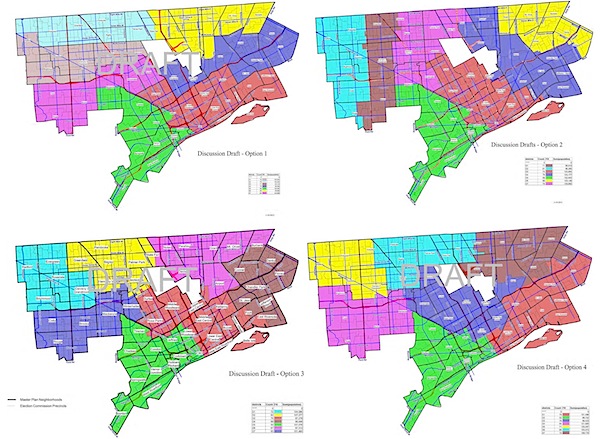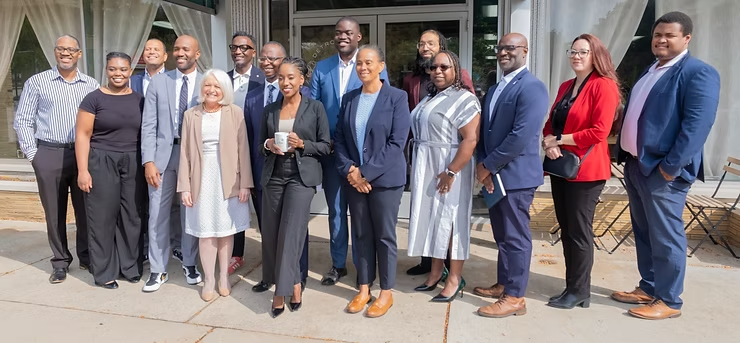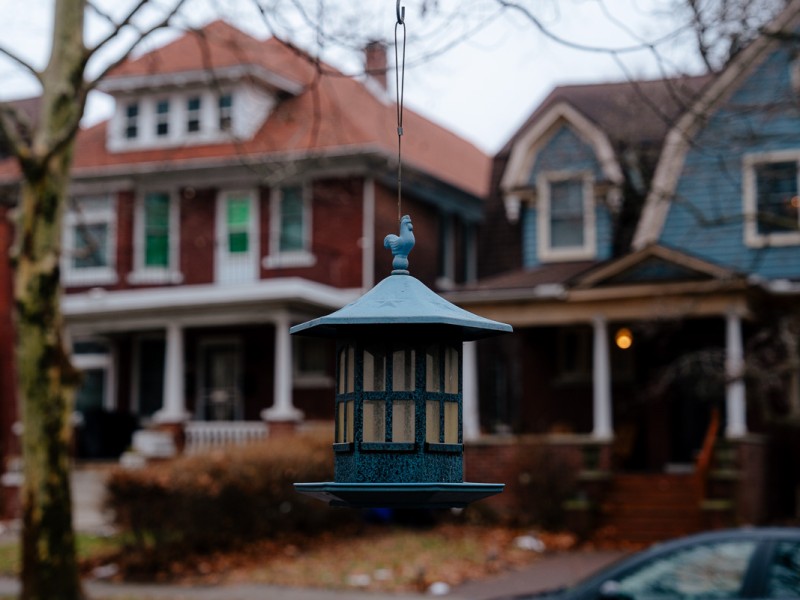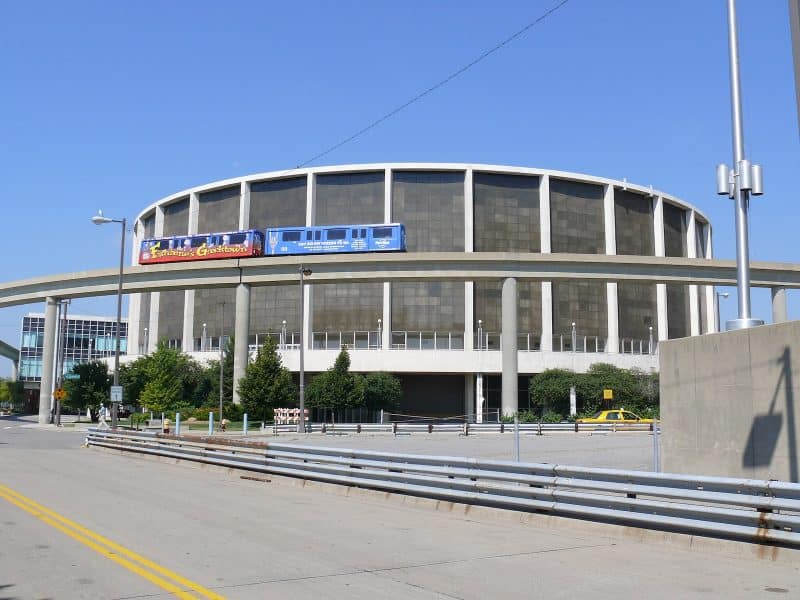Drawing lines for Detroit neighborhood democracy
Detroit's City Council is about to fix the gears of a new kind of democratic government, wind it up and set it in motion, says political blogger Vince Keenan. But the body needs feedback from city residents on the best ways to create a fair, equitable new districting system. Read on and jump into the discussion.

There is a quiet revolution happening in Detroit. It is political upheaval brought not by bloody battle, but through the civilized application of the rule of law. It wasn’t easy, and there were “skirmishes,” but they played out in court, the press, and in town hall meetings and public hearings. It is a testament to our democratic process that the greatest opportunity for transformational change in modern Detroit is happening right now and there are no tanks and guns and no casualties. Opposing sides have disagreed without being disagreeable, and the side that did not win has taken on unwanted responsibility respectfully. We are finally looking at district maps, and imagining how the democracy of this great city will function for the next 100 years.
After 40 years of rumbling, a little over two years ago, the conversation about changing the structure of Detroit city government became serious. In 2009, an initiatory petition signed by 38,000 Detroiters made it past legal challenges and onto the ballot. Proposal “D” to adopt a hybrid at-large (two of these) and seven district system for electing City Councilmembers passed overwhelmingly. At the same time, Detroiters elected a Charter Revision Commission, who started re-drafting the City Charter. Charter Commissioners were able to weave Prop D into an integrated hybrid district system that connected both Planning and Police Commissioners and Community Advisory Councils to the same districts. That Charter passed in November 2011, and today is the Home Rule Charter of the City of Detroit.
Last week the City Planning Commission (CPC) produced a set of four district maps for the last all at-large city council to consider. This is not just a district drawing process. City Council is about to fix the gears of a new kind of democratic government, wind it up and set it in motion. There are very few leaders in the history of Detroit that have held this responsibility — the last governing body to come close was 94 years ago when our hopes were placed in the all at-large system.
This last at-large council will probably be seriously inconvenienced by these decisions. Some might have to move to continue to serve on Council. Of course, the hybrid district effort was not directed against this, or any, council. It was done as a way to add legislative heft to Detroiters who are working day and night to keep this city’s neighborhoods livable. Many neighborhoods in Detroit are underserved by city services and hit hard by poverty and crime. The motivation to provide undiluted neighborhood voices at the council table drove districts.
To the credit of all involved, the four discussion drafts maps (see them here in HuffPost Detroit) avoid the obvious gerrymandering concerns that some feared might rule the process. So far, council has executed its role admirably by listening and deliberating thoughtfully and transparently. While this is the Council’s decision they are looking for feedback. Some maps seem to focus on “breaking up downtown” out of fear of too much power, but you could easily bury a neighborhood agenda when you throw a chunk of downtown in the corner.
I like districts where underrepresented areas like Southwest Detroit, Warrendale, Osborn, become key constituencies to a council member. It makes sense that Corktown and North Corktown stay together, or to keep Warrendale or Grandmont-Rosedale intact. I like districts that keep community projects or coalitions together like the Lower Eastside Action Plan, the Brightmoor Alliance, and the 12th Precinct Coalition.
That said, as this democratic revolution continues, Council needs feedback, and we need to provide it. These discussions drafts are serviceable. It’s true that they can never be perfect, but these drafts were crafted with only “horizontal and vertical” considerations in mind. Yes, the drafting rules are very strict, districts must be compact contiguous and of roughly equal population. Let’s see if we can hit those standards while we preserve existing neighborhoods and natural boundaries. In a city with so much vacant land, there has to be a way to draw the lines without dividing active communities.
We’ve seen where we get when we start with horizontal and vertical stripes in mind, what happens when we start with communities? It’s time to continue this quiet revolution and coordinate with our neighbors and encourage Council at these next four public hearings to not settle before we see a neighborhood-centric option that works.
Detroit community activist Vince Keenan created the interactive voter guide Publius. His last piece for Model D encouraged a yes vote on the City Charter ballot question in November.




